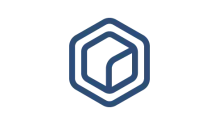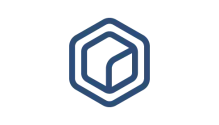The contents included in this section are DRAFTS and are under review.
By using energy more efficiently, Europeans as a whole can lower their energy bills, reduce their reliance on external suppliers of oil and gas, and help protect the environment.
Energy efficiency has to be increased at all stages in the energy chain, from generation to final consumption. At the same time, the benefits of energy efficiency must outweigh the costs (e.g., the cost-savings of renovating a property to increase its energy efficiency must outweight the renovation-costs). EU measures, therefore, focus on sectors where the potential for savings is greatest such as buildings. Making old and new buildings more energy efficient helps the EU achieve its energy and climate goals.
In fact, buildings are responsible for 40% of energy consumption and 36% of CO2 emissions in the EU. While new buildings generally need less than three to five litres of heating oil per square meter per year, older buildings consume about 25 litres on average, with some buildings even requiring up to 60 litres.
Subdomains
Subdomains describe specific cases of application of ICT solutions in the domain. Selected cases for energy are:
List of standards
For the purposes of the public consultation, a DRAFT list of standards (version 2, update 31/03/2017) applicable to the topics treated in this domain has been created and can be dowloaded for perusal and comments.
The review and consultation stage aims at: adding/removing items, and classifying items as standards/technical specifications/others following appropriate regulations.

You contribution will be much appreaciated. Please leave feedback in the forum
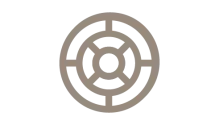
ETSI EG 202 549 V1.1.1 (2006-12) - Telecommunications and Internet converged Services and Protocols for Advanced Networking (TISPAN) - Design Guide - Application of security countermeasures to service capabilities
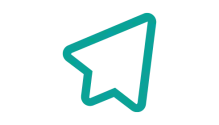
ETSI EG 202 387 V1.1.1 (2005-04) - Telecommunications and Internet converged Services and Protocols for Advanced Networking (TISPAN); Security Design Guide; Method for application of Common Criteria to ETSI deliverables

ISO/IEC 27019:2013 - Information security management guidelines for process control systems used in the energy utility industry on the basis of ISO/IEC 27002

"CEN-CLC-ETSI/TR 50572:2011 - Functional reference architecture for communications in smart metering systems"

DSF/PREN 50491-12 - General requirements for Home and Building Electronic Systems (HBES) and Building Automation and Control Systems (BACS) - Part 12: Smart grid - Application specification - Interface and framework for customer

EN 50491-11:2015 - General requirements for home and building electronic systems (HBES) and building automation and control systems (BACS) - Part 11: Smart Metering - Application Specifications - Simple external consumer display-

EN 62541-9:2015 - OPC Unified Architecture - Part 9: Alarms and Conditions
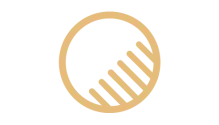
EN 62541-8:2015 - OPC Unified Architecture - Part 8: Data Access
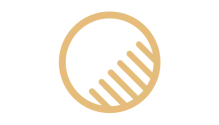
EN 62541-7:2015 - OPC Unified Architecture - Part 7: Profiles
